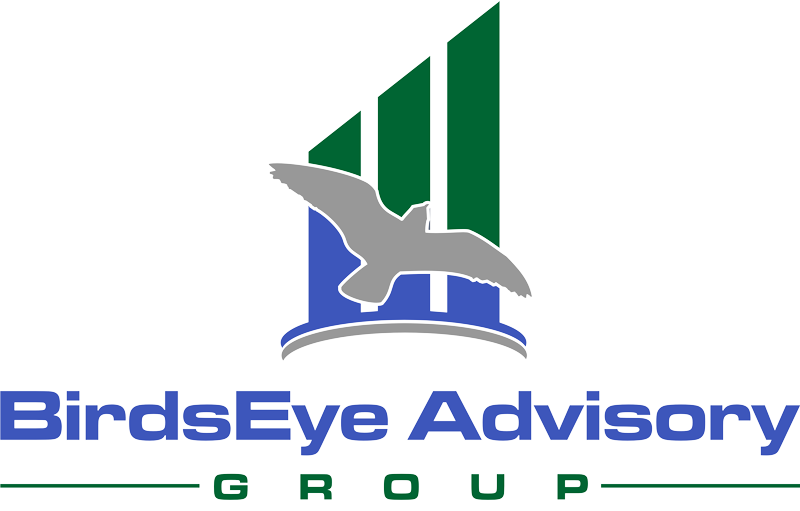
There’s hardly a day goes by we don’t hear about a pet company being bought, sold, or capitalized. We are so fortunate to work in a growing, vibrant, and desirable industry, and as such there is a great deal of interest from buyers for pet companies with a good story to tell.
The process of selling a business is a mystery to most business owners, given that it is usually a “once-in-a-lifetime” process. I recently completed the successful sale of a client’s pet company and made some key observations over the eight months I worked with the seller.
IT ALWAYS TAKES LONGER THEN YOU THINK
It’s not like selling a house where you just list the property and wait for buyers to come to you. In my experience, be prepared for the process to take between six to twelve months. In general, the timeline is broken down as follows:
One month to gather all the information needed by your Investment Banker (Ibanker) to prepare the Confidential Information Memorandum. The CIM is the marketing document that communicates in writing and pictures compelling reasons why your company is one they would want to purchase for top dollar. I’ve seen them as short as 12 pages and as long as 65+. In my experience, the most effective CIM’s are ones that combine words, graphs, tables, and photos.
One month to prepare the CIM. There will be multiple drafts, and you will get ample opportunity to give feedback during the process. The most compelling CIM’s are the ones that have the ability to communicate your company’s personality into the document. While the CIM is being built, your Ibanker is also in the process of putting together the buyer’s list – over which you will have final approval.
Two months to contact buyers execute NDA’s, send out the CIM’s and host conversations. At the end of these two months, you will hopefully have several non-binding offers (often referred to as Indications of Interest). Usually the seller and Ibanker host a chosen number of potential buyers – the ones with the most compelling IOI’s, to meet in person. These Management Presentations give buyers and sellers face-to-face time to assess cultural fit, relay key information about your company, and answer additional questions from the buyer
Two months to choose a suitor from the group who came to the management presentations and get a deal closed. After the management presentations, buyers who are still interested will put together a more formal offer (Letter of Intent) which will outline the terms of the deal and the timeline to get it closed. During these two months the buyer will conduct thorough due diligence to verify the information presented in the CIM and other documents. Depending on the type of buyer and the size of the deal, this process can result in very large accounting and legal bills. Buyers will spend a great deal of money during this process as well. The buyer of the deal I just worked on spent hundreds of thousands of dollars on accounting, due diligence, and legal fees.
Be prepared for deal terms to possibly change as you march towards the finish line. For example, what if you have a product recall or get dropped by a large customer? Or on the positive side, you just landed a new SKU in PetsMart? These material changes can positively or negatively affect the deal between the time the LOI is signed and the deal is closed. That’s why it’s important to have a talented and knowledgeable group of advisors on your team – attorney, accountant, and investment banker. They quite possibly will make or break your deal in the event it takes a last minute left hand turn.
MAKE SURE YOUR CONTROLLER OR CFO IS A TEAM PLAYER AND CAN QUICKLY PRODUCE DETAILED FINANCIAL REPORTS
Significant accounting assistance will be needed to successfully complete a deal. I’ve seen financial document requests numbering 100+, and as the CEO, you don’t have the time (or perhaps the expertise) to gather this information yourself. If you don’t want this person to know you are selling the company, you can always tell him or her that you need this information to raise investment capital.
RUN YOUR BUSINESS AS IF YOU AREN’T GOING TO SELL IT
I recently worked on a deal where we literally didn’t know if it was for sure going to close until the week before it actually did close. Lots of late night and weekend phone calls and emails! As I mentioned above, things can change at the drop of a hat and deals can disintegrate into thin air overnight. Short of making a major equipment purchase or a new C-level hire, keep on trucking along as if the deal isn’t going to close. That way, in the unfortunate event it does fall apart, you won’t have experienced erosion of revenue or loss of momentum.
CONFIDENTIALITY IS CRITICAL
Let’s face it, people love to gossip in the pet industry! Most companies do not want their employees, vendors, or customers to know they are for sale in the event it spooks them into an undesirable reaction. While I do not advocate out-and-out lying, I do recommend you have an answer prepared that skirts the question when you are asked if you are for sale. Something along the lines of “gosh, I’ve been hearing for years that we are for sale. Isn’t it crazy how rumors get started in this industry? I guess at the right price, anyone is for sale!”
This summary skims the surface of the ins and out of an M&A transaction. Truth be told, the process can range from fairly simple to highly complicated depending on the size and complexity of your business. Regardless, in the current “frothy” pet industry M&A environment, you have every right to expect a professional class of service, a competitive multiple, and a timely transaction.
Carol Frank of Boulder, CO, is the founder of four companies in the pet industry and a Managing Director with BirdsEye Advisory Group, where she advises pet companies in M&A transactions and Exit Planning. She is a former CPA, has an MBA, is a Certified Mergers and Acquisitions Advisory (CM&AA) and holds Series 79 and 63 licenses. She highly values and incentivizes referrals and can be reached at cfrank@birdseyeadvisory.com.
